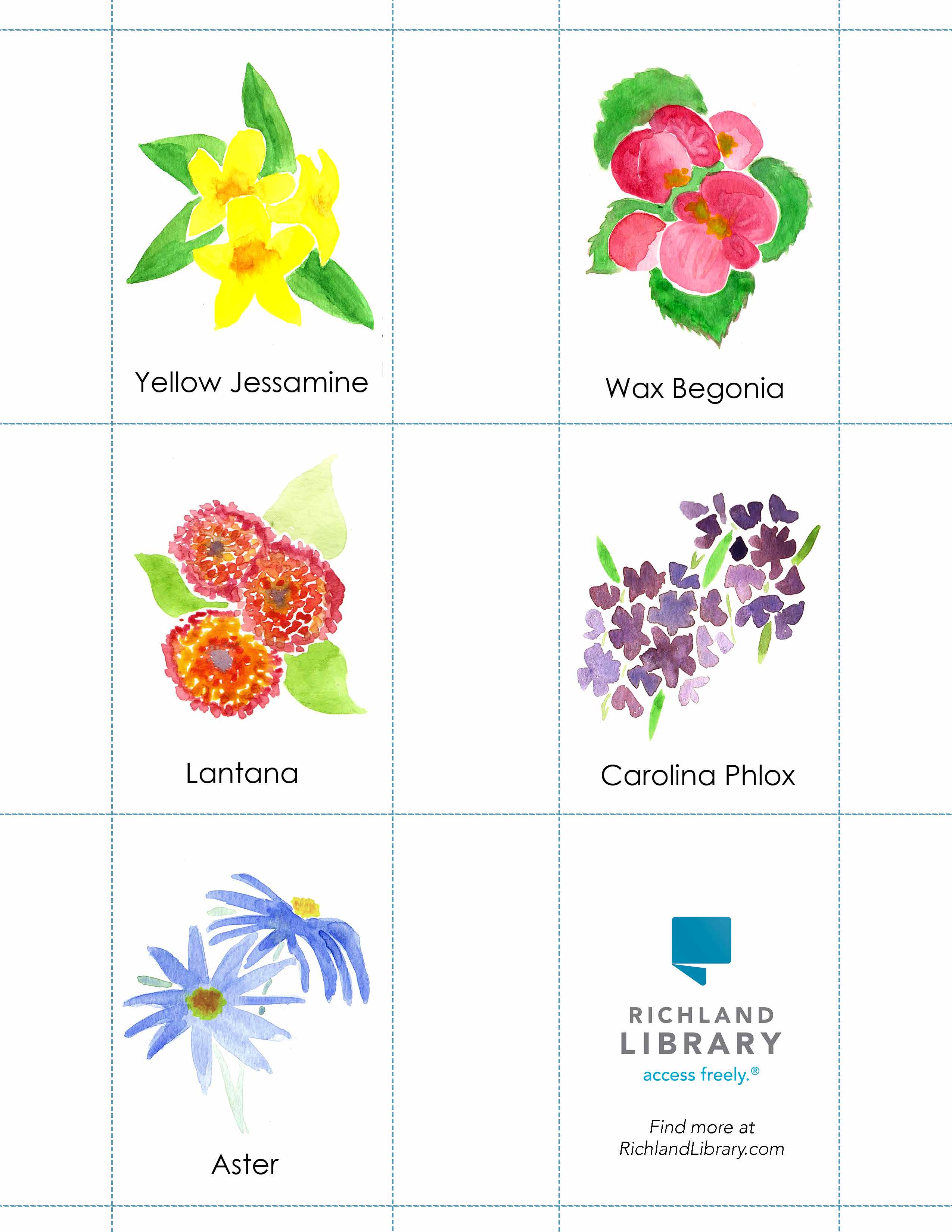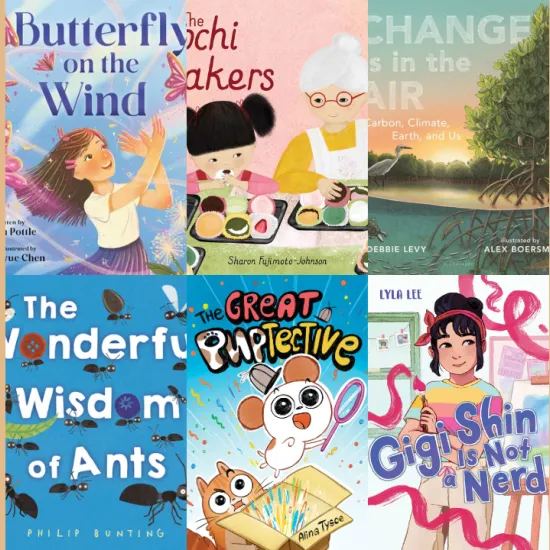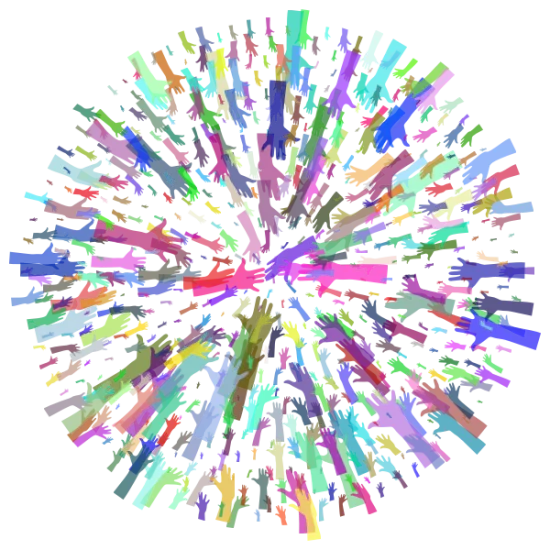- Emily J.
- Friday, October 30, 2020
Plants tell an important story about the environment. They tell us about climate, soil, and precipitation of a paricular area.
The plants in Columbia, South Carolina, thrive in hot, humid temperatures. Take a trip to your local garden center or explore the plants in your backyard and talk about what the plants need to survive. Ask your child questions about how the environment provides plants with the resources they need to survive: nutrients, water, and sunlight.
How do I know if my kindergartner has met the standard?
Your child can determine what plants need to live and grow (including water and light).
Your child can identify different organisms found in the environment (such as plants, animals, or fungi). Obtain and communicate information about the needs of organisms to explain why they live in particular areas.
Activities and Multimedia
Take a closer look at been seeds and examine what happens when they begin to sprout. Buggy and Buddy have a great tutorial on investigating the parts of a seed and how it grows.
Use these beautifully hand-painted nomenclature cards created by the artist Mazie Cook to help your child identify popular flowers blooming around Columbia. Click the image below to download and print.
Ready to start your lesson? Watch this video together begin conversations plant growth.
Learn more about the life cycle of plants and plant adaptations from BrainPopJr.
Do you want to explore other kindergarten SC Science Standards?
SC Science Standards: Investigating Weather and the Seasons
SC Science Standards: Properties of Matter
SC Science Standards: Animals and the Environment
The titles below will help you and your child discuss plants and the environment. Want us to pull books for you? Contact us at 803-799-9084 and request to have books sent to your nearest Richland Library location.


It's Our Garden

A Seed, a Flower, a Minute, an Hour

Flower Garden

The Tiny Seed

Planting Seeds

Dig In!


From Seed to Plant

Seeds

Plants Can't Sit Still



In a Garden

Lola Plants a Garden

Up in the Garden and Down in the Dirt

If You Plant a Seed


Seed, Soil, Sun

Parts of a Flower


Pick, Pull, Snap!




